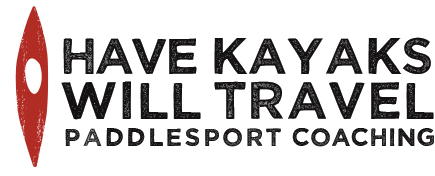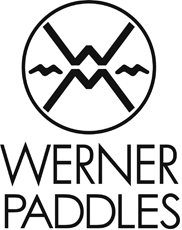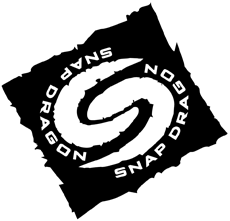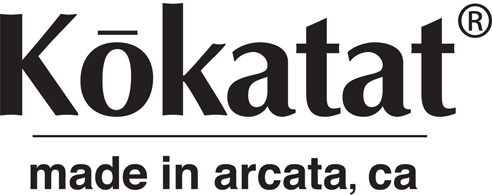
Today is all about finding our way and staying out of traffic. The kind of stuff you hope your kids learn by the time they head off for kindergarten, but it’s trickier when you’re in a small boat on big water.
The day began with navigation exercises on land and on the water. We practiced finding bearings and triangulating to determine our position, and then finding a heading to a buoy that took into account the current and wind. We paddled out to the buoy and, once again, were joined by several playful dolphins.
The next step was safely crossing Tybee Road, a major shipping channel where the Savanna River meets the Atlantic Ocean. So we grouped up at a green bell buoy and watched for boats. When the coast seemed clear, we took the shortest route across, to the red buoy. From there we practiced taking bearings and adjusting headings until it was time to cross the channel again. This time, we heard the rumble of something large in the distance. It turned out to be a gambling boat—a windowless, tank-like vehicle that seemed like a symbol of floating desperation. Playing it safe, we waited about 10 minutes until it was at most two minutes from crossing in front of us, then took off across the channel. Our trip took about nine minutes. We might have made it if we hadn’t waited, but who wants to take the chance of being run over by a gambling boat?
 Green buoy 17. When we visited it during the day, it was a helpful aid to navigation, marking our position and one side of the shipping channel. When we came back that night, it was a safe haven–a spot where we felt less vulnerable in the darkness and the Saturday night boat traffic.
Green buoy 17. When we visited it during the day, it was a helpful aid to navigation, marking our position and one side of the shipping channel. When we came back that night, it was a safe haven–a spot where we felt less vulnerable in the darkness and the Saturday night boat traffic.
 Checking the chart and choosing a heading was harder on land in the dark, and even more so on the water.
Checking the chart and choosing a heading was harder on land in the dark, and even more so on the water.
Lessons learned include:
– practice with all your night gear before you really need to use it
– plan ahead on shore as much as possible (which is true night or day)
– don’t let advance planning keep you from adjusting when you get on the water and feel the real conditions (or as Marsha says, “Get your brain off the paper.”)
– pack before it gets dark, if possible
– secure anything you can’t afford to lose (we used paddle leashes)
– realize that you may be far less visible on the water than you think.








